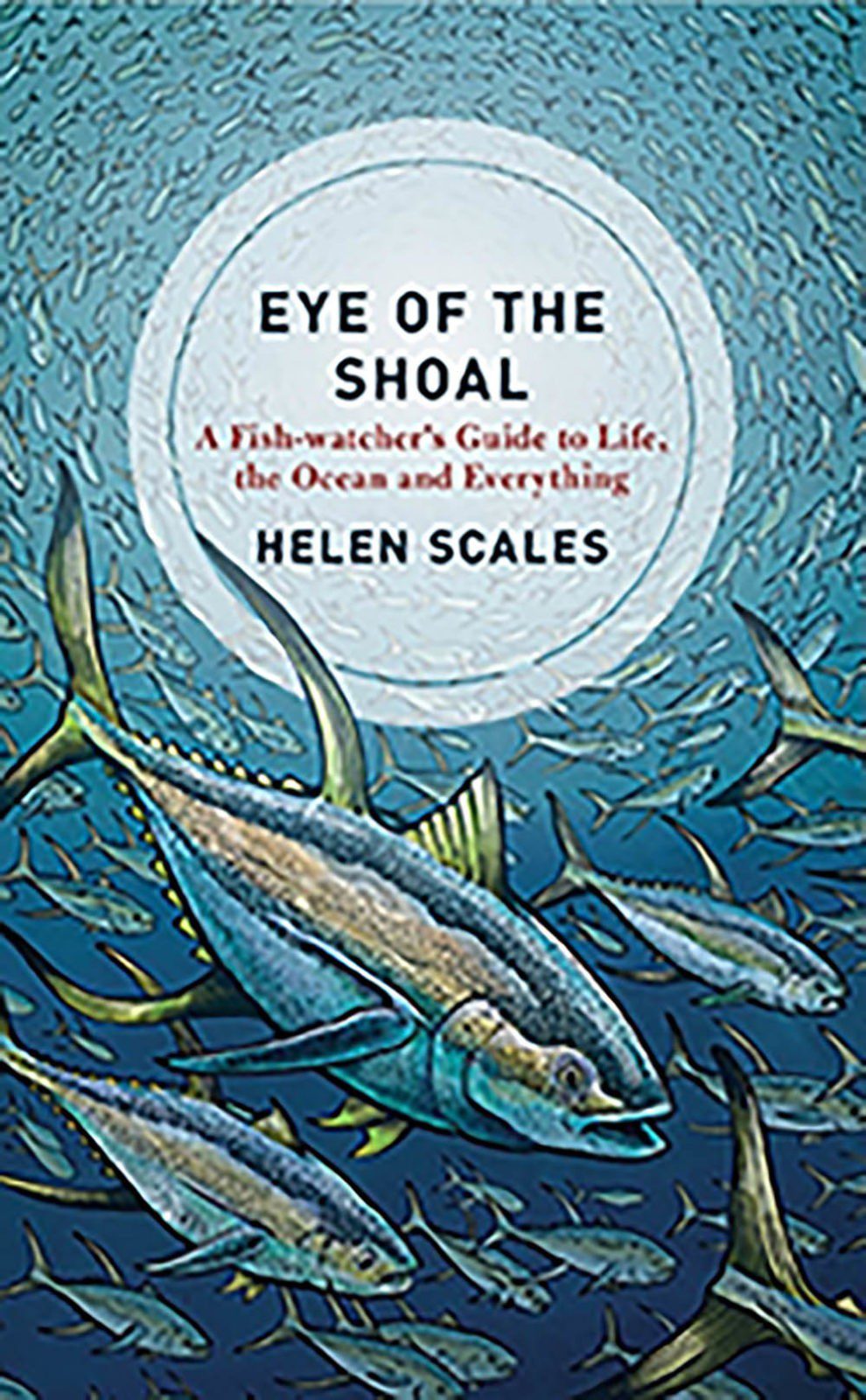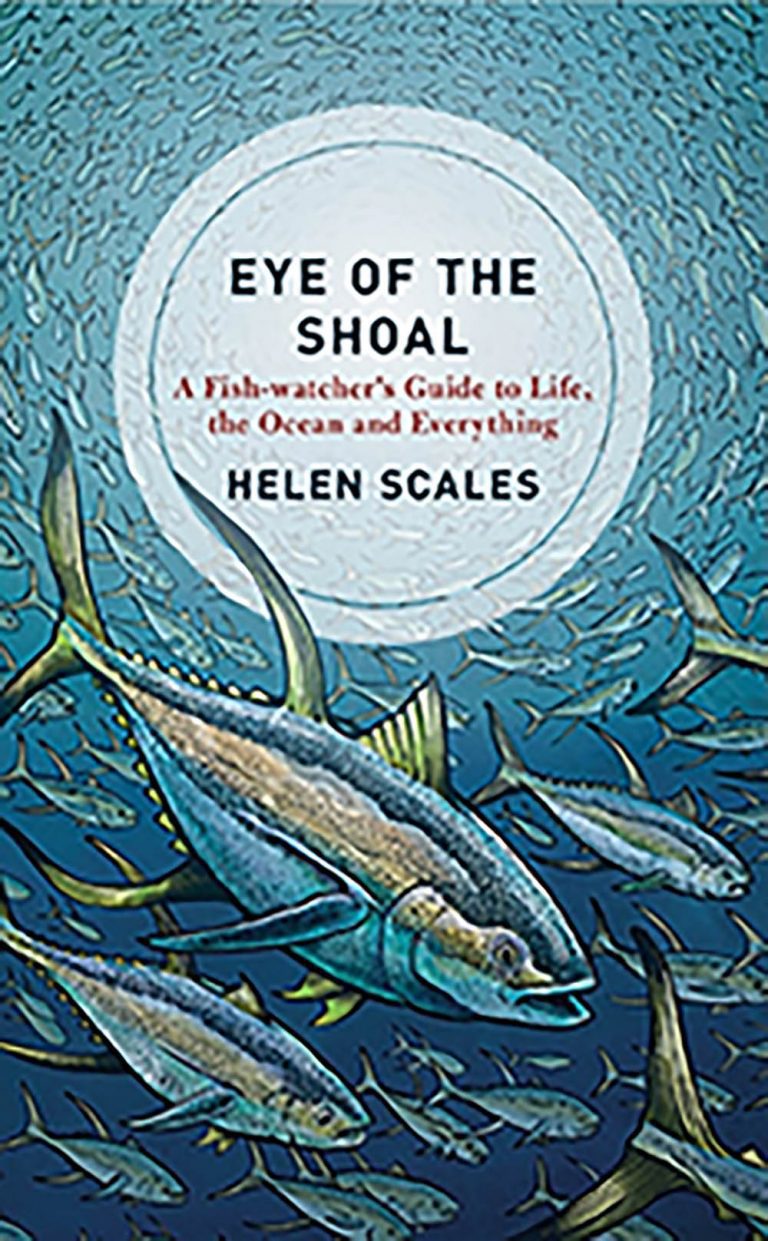Book Review
Pop Goes The Marine Life
Eye of the Shoal: A Fishwatcher’s Guide to Life, the Oceans and Everything by Helen Scales

Appeared in DIVER June 2018
UNLIKELY AS IT SEEMS, a new book about marine biology that contains not one colour photograph is a candidate for my dive-related book of the year. And I’m writing this in April.
Eye of the Shoal is a clever book. It’s a sort of Blue Planet “wonders of the underwater world” concept achieved through words on the page rather than images on the screen. And if that claim seems as over-bold as the book’s tagline, it’s because the quality of the writing, observation and content selection succeed in absorbing the reader before he or she can even begin to pine for visual aids.
Helen Scales is a marine-biologist scuba- and, more recently, freediver, a conservationist and a regular BBC radio broadcaster. Her latest book is based around a nine-month trip taking in 10 countries and a great deal of prior knowledge.
Previous books Spirals in Time and Poseidon’s Steed dealt with molluscs and seahorses respectively, but Eye of the Shoal is all about fish. Chapters cover broad themes such as coloration, light effects, shoaling, feeding, toxicity, sound, ancestors and feeling pain, and the text jumps lightly about within these loose frameworks in a way that can appear to be free-associating but always amounts to a coherent whole.
There’s a lot on interesting stuff about the history of marine biology and the contributions of some of its outstanding practitioners. The chapters are buffered by fish legends from around the world, and excellent stylised collage line illustrations by Aaron John Gregory lead off each section.
I could have plucked examples of Scales’ easy writing style from any page but here’s one almost at random: “A 2013 study in Trinidad revealed that female guppies prefer odd-looking males with rare colours.
But like a new fashion that starts among a few, edgy individuals – like hipster beards, lumberjack shirts or thick-rimmed spectacles – it soon catches on until almost everyone looks the same.
“Eventually those colours that once were rare and exciting among the guppies become too popular and fall out of favour. Females probably evolved a preference for rare colours because it helps them avoid inbreeding and mating with close relatives.
“As an upshot, guppy populations cycle through colours, keeping a mix of many tints and maintaining their reputation as ‘rainbowfish’.”
Read the author’s description of the relationship between cleaner wrasse and their clients, and everything you’ve noticed on a cleaning station seems to make more sense.
Or consider fish’s swim bladder-generated noises on a reef-dive: “Think of all the different sounds you can make with a regular balloon. You can drum your fingers against it, make it squeak by rubbing its surface against something else, or you can let a trickle of air out in a squeaky whine; fish do all these things and many more. The only thing they don’t do (on purpose) is pop their swim bladders to make a loud bang.”
Reading this book can only improve your diving experience. I read it as an ebook, and just as I’d finished received the hardback – a satisfying package.
Bloomsbury Sigma
ISBN: 9781472936844
Hardback, 320pp, 14x23cm, £16.99
Review by Steve Weinman

